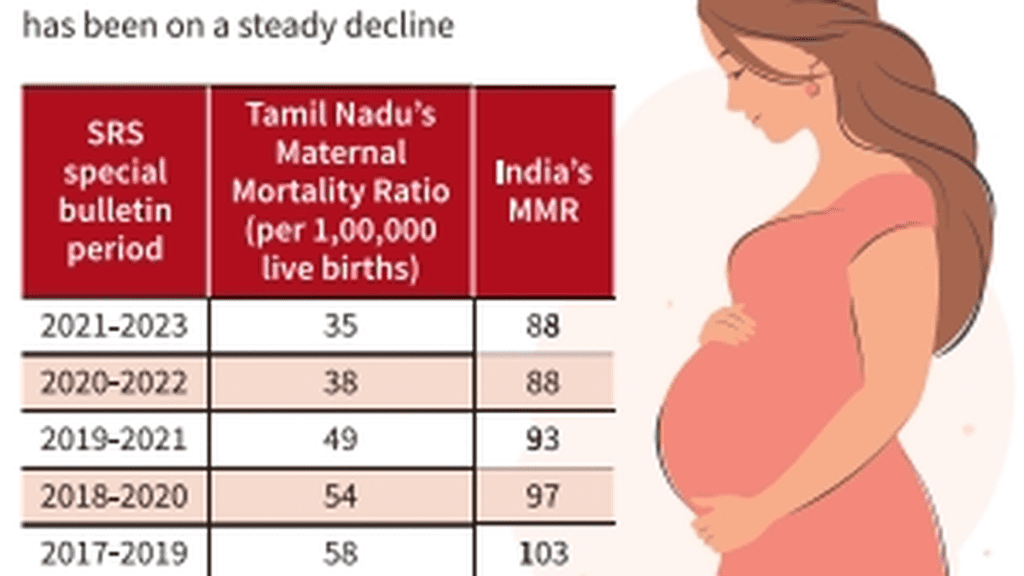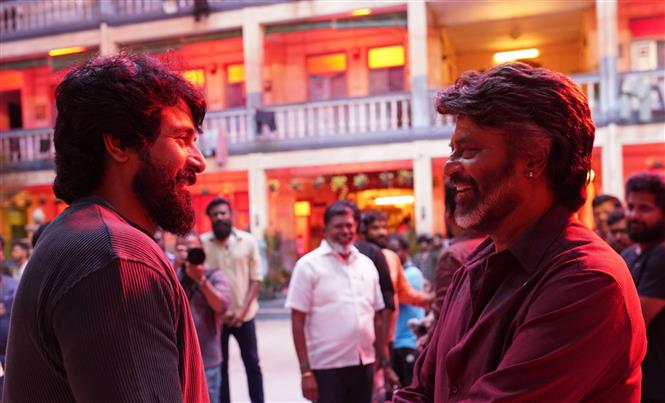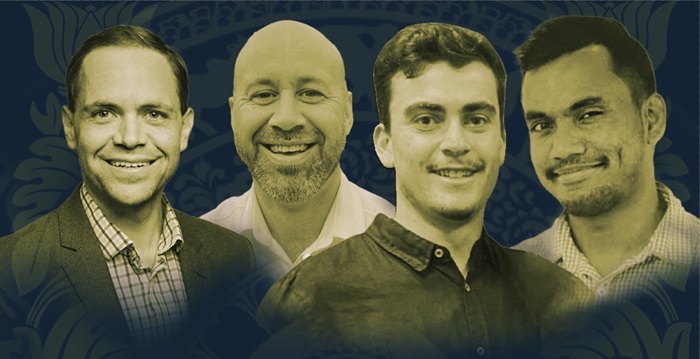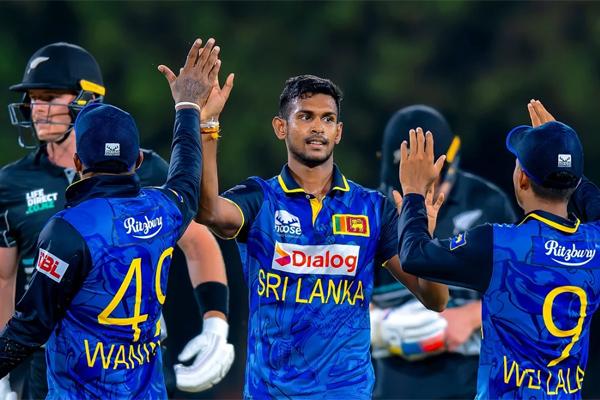Sathish takes road less travelled, chooses Malaysia to make his mixed doubles-singles dreams a reality

Sathish takes road less travelled, chooses Malaysia to make his mixed doubles-singles dreams a reality
While most of India’s top badminton players train in either Hyderabad or Bengaluru, double gold medallist at the National Games, Sathish Karunakaran, is pursuing an unconventional path to success, striving to excel in both mixed doubles and singles in Malaysia.
Sathish clinched his first gold in the badminton competition at the National Games on Tuesday morning, partnering Aadya Variyath in the mixed team event. For most players, that would have been an achievement in itself, but Sathish was back on the court just a few hours later at Dehradun’s Parade Ground, where he secured his second gold medal by defeating the talented youngster Suyaksh Rawat in the men’s singles final.
Very few players manage to compete at an elite level in both singles and doubles categories. Yet, this is precisely the challenge Sathish has set for himself. As of last week, he was ranked 44th in the BWF men’s singles rankings and 32nd in the mixed doubles rankings alongside Aadya.
His journey has been anything but conventional. While most of India’s top talents hone their skills at the renowned Gopichand Academy in Hyderabad or the Prakash Padukone Academy in Bengaluru, Sathish has taken a different route — one that has led him outside India entirely. Both he and Aadya train in Kuala Lumpur under former Malaysian national team coach Jivanathan Nair.
The duo has been training under Jivanathan — a second-generation Indian immigrant in Malaysia — for nearly 10 months. One of the main reasons they chose Kuala Lumpur’s Asia Badminton Academy was because Coach Jiva, as Sathish calls him, was one of the few who believed that excelling in both mixed doubles and singles was possible. “It’s not common at all, but that’s the challenge for both me and my coach. Nobody has done this successfully in international badminton, so that’s exactly what we want to achieve,” Sathish explains.
Although Sathish and Aadya first paired up in August 2022 at the Cameroon Open, his association with Jivanathan dates back much further. Originally from Chennai, Sathish relocated to Coimbatore as a teenager before attending his first training camp in Malaysia in 2018.
“What was supposed to be a one-month camp turned into four months. Jiva coach was with the Malaysian team back then, and I felt I learned a great deal under him. I also saw immediate results — after training with him, I qualified for the Junior World Championships. His training methods, philosophy, and approach to badminton worked for me,” Sathish recalls.
Although he returned to India, Sathish continued consulting Jivanathan via video calls. The decision to move back to Malaysia came early last year.
“At that time, Aadya and I had been playing together for about a year and a half. We weren’t doing badly, but we both felt the need to grow. In India, one of the biggest challenges in mixed doubles is the lack of quality sparring partners. Malaysia has plenty of those. We both felt we needed to take the risk. As a singles player, I also felt that I was just maintaining my ranking in India — I wanted to elevate my game. When I trained with him before, he helped me reach the Junior World Championships. So, with all this in mind, I reached out to Jiva coach once again,” he says.
The demanding international circuit leaves little room for extended training stints, but Sathish and Aadya managed one significant two-month training block in Malaysia. The experience, he says, has been invaluable. “The hardest part of training in Malaysia is the fitness level. The players there just run a lot — it’s a different level of endurance,” he says.
While the physical benefits have been evident, the greatest advantage of training in Kuala Lumpur has been the opportunity to spar with some of the world’s best players. “Although Aadya and I train with Jiva coach, we also get to spar with top players from other academies. We train with (current world No. 4 mixed doubles pair) Goh Soon Huat and Shevon Jemie Lai, as well as Goh Sze Fei and Nur Izzuddin, who won the India Open in January. We’ve also had sessions with former world No. 1s Goh V Shem and Tan Wee Kiong,” he says.
There’s still a long way to go, Sathish acknowledges. “I need to train for longer periods and focus on building my strength. The season is packed with tournaments, but I need to carve out more time for training,” he says.
He hopes the results will soon reflect his efforts, particularly in more competitive tournaments. “Right now, we’re competing in the World Tour 300 and International Challenge level. Aadya and I will be representing India at the Asian Championships, as well as playing in the All England and German Open. We’re currently ranked 33rd in the world, but I believe we can break into the top 20,” he says.
Although he will primarily be competing in mixed doubles in these tournaments, Sathish is determined to keep his singles game sharp. “I’ve had better results in mixed doubles, but I still consider myself primarily a singles player. I’m going to continue both for now,” he concludes.










